Backyard Birds: Healthy Home Habitats for Northern Flickers
http://www.decor-ideas.org 10/15/2015 01:03 Decor Ideas
Is that a woodpecker on the ground? It may surprise you to find one there, but yes, northern flickers are woodpeckers that spend most of their time on the ground. As they fly away, the bright white patch on their rump and a brilliant flash of color under the wing — deep red out West or a vibrant yellow in the East or North — are dead giveaways that the bird you are looking at is a northern flicker.
More Backyard Birds: Warblers | American Goldfinches | Hummingbirds | American Kestrels
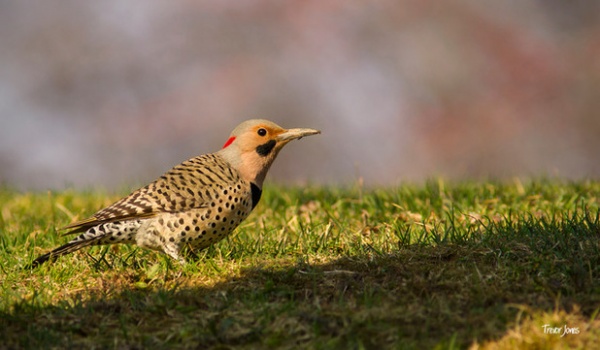
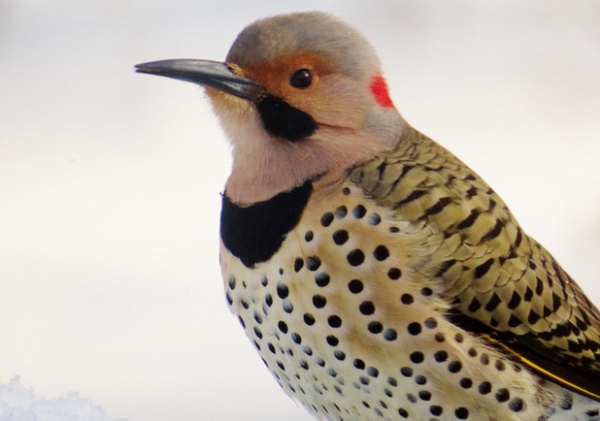
Order: Piciformes
Latin name: Colaptes auratus
Common name: Northern flicker
Distribution: Northern flickers can be found all year long across the United States and throughout Canada during the summer. They are fairly migratory for a woodpecker, with most of the population in Canada shifting south into the United States during the winter.
Photo by Joyce Wagner - ReJoyce Photography
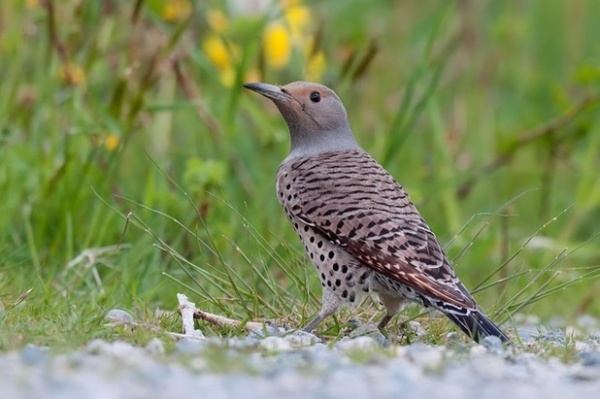
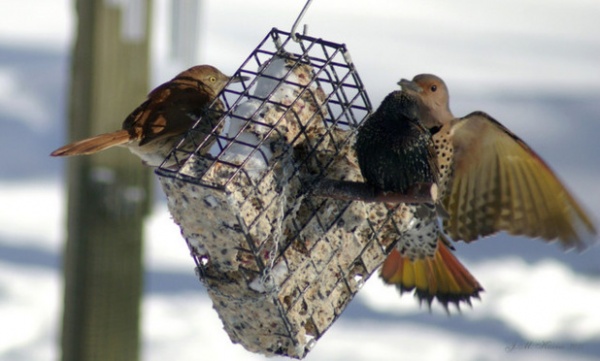
There are two distinct groups of flickers in North America: yellow-shafted flicker in the North and East and a red-shafted flicker in the West. In the Great Plains region, you can regularly find intergrades of the two. This photo shows just such a bird. If you look closely, you can see both yellow and red tail feathers on an intergrade northern flicker in the back right. The other birds in the image are a brown thrasher on the left and a European starling on the right . They are feeding on suet provided by a homeowner.
Tip: Don’t want to feed European starlings (an invasive bird in North America)? Removing the stick seen in the image will also remove the starling’s perch, making it much more difficult for this bird to cling to the feeder and snag your suet treat.
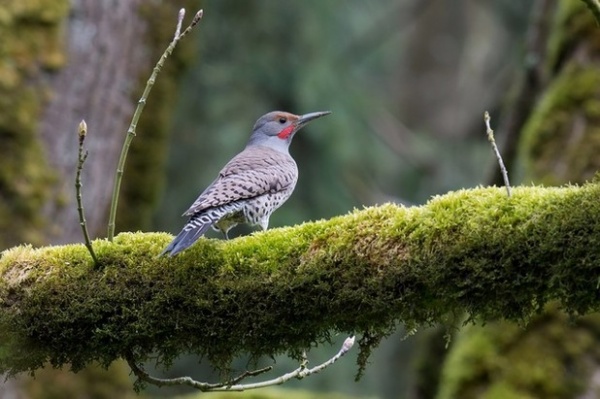
Habitat: You will most likely find northern flickers in scattered, open woodlands, along the edges of forests and in open fields dotted with trees. They tend to be fond of most forest types throughout the western mountains, including burned forests, from lowland areas like flooded swamps and marsh edges up to the tree line.
Often they will forage in built environments, like lawns and yards, in city parks and along roadsides in rural and suburban areas. This foraging habit is unique among woodpeckers, making them a strong generalist species, which helps protect their populations while the landscape and their habitat change around them. Even still, northern flickers are in decline, according to surveys conducted by the U.S. Geological Survey during the breeding season, and they could use our help in providing habitat, reducing pesticide use and installing nest boxes.
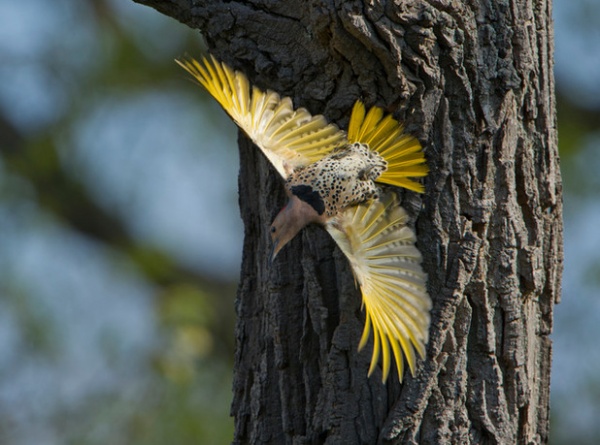
When to look for them. Northern flickers can be found all year long across the United States and in Canada during the summer; northern flickers in Canada migrate to the United States during winter
How to spot northern flickers. Northern flickers are medium-large birds, averaging around 12 inches in length, with a heavy, slightly down-curved bill. Bigger than a robin but smaller than most hawks, they have a copper-brown, barred back and distinctively brown-spotted white underparts with a black, crescent-shaped bib (visible in this photo).
In the East, the yellow-shafted flicker (shown here) displays a vibrant yellow underwing lining and undertail color, and has a gray crown, a tan face and a red crescent on the nape (back of the neck).
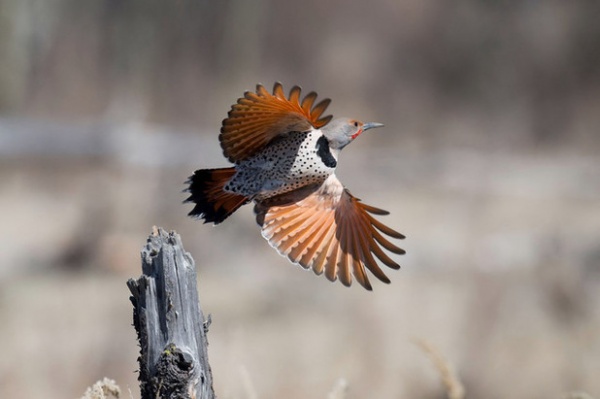
The red-shafted flicker, found in the West, has a red underwing lining and undertail color, with a brown crown and a gray face.
Both the yellow-shafted flicker and the red-shafted flicker have a large, white rump patch above a long flared tail, conspicuous in flight and sometimes visible while they’re perched. Intergrades in the Great Plains, from the Texas panhandle to Alaska, show mixed markings of both forms, including intermediate colorations of orange.
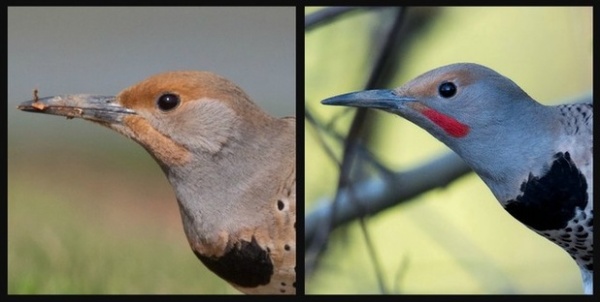
Male and female northern flickers vary only slightly. Males are only 1 to 2 percent larger on average than females in structural size and about 5 percent larger in body mass. The easiest way to tell the sexes apart is by the malar stripe, or mustache, occurring on the males, just behind the bill and extending onto the cheek. This is black on the yellow-shafted form and red on the red-shafted. The female also has this stripe, but it is a faded, sooty-gray or tan color and not very visible.
Photos by Shawn McCready, left, and Gregory Lis
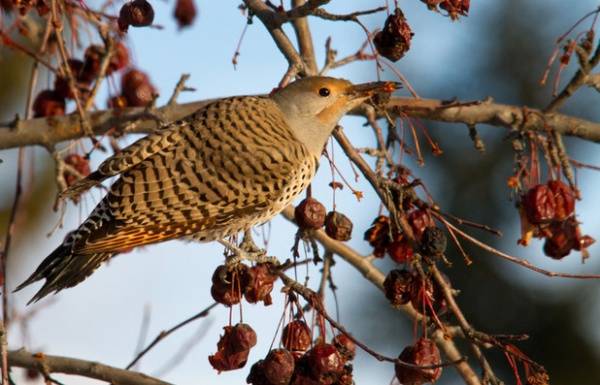
How to Attract Northern Flickers
Attract them with plants and food. It is not difficult to draw northern flickers to your yard. They eat a wide variety of native berries and seeds throughout the year, in addition to the ants, beetles and other invertebrates that make up the bulk of their diet.
A diversity of plant heights in your landscaping and a selection of native plants in your gardens will create an environment rich in the northern flicker’s favorite foods. Plant some low-growing ground cover like wild strawberries, clovers and native grasses in front of small shrubs like dogwood (Cornus sp.), elderberry (Sambuca sp.) and native blueberry (Vaccinium sp.). Some fruit-bearing trees scattered throughout will provide a food source during winter; the female red-shafted flicker shown here is enjoying some crabapples left over from late summer.
Photo by Shawn McCready
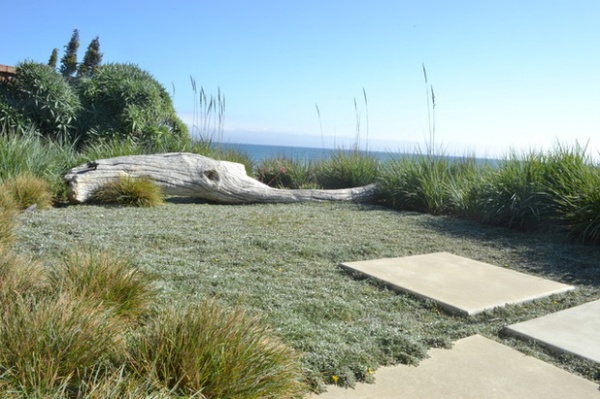
if you have the room, leave fallen tree limbs to decompose on the ground, providing a bug buffet for these voracious insectivores.
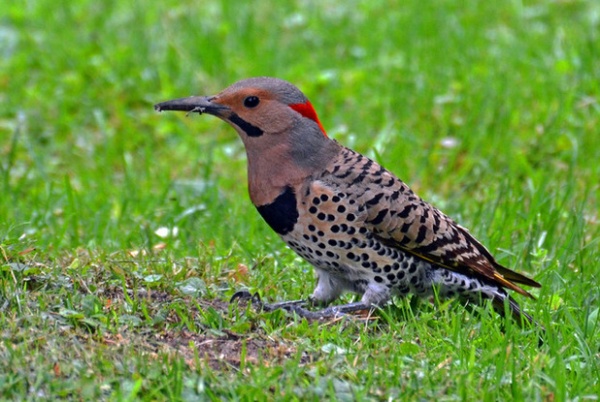
Maintain a pesticide-free yard. Because northern flickers’ diet relies heavily on ants and ant larvae, they are often found where ants are easiest to get to: the lawn. You will often see them hopping along the edges, rousting up a colony and using their long, barbed tongue to gather up a protein-rich snack. For this reason it is important to remember that using pesticides and synthetic fertilizers on your lawn, or even in the garden, will reduce the availability of their food source and deter northern flickers from visiting.
Photo by Rodney Campbell
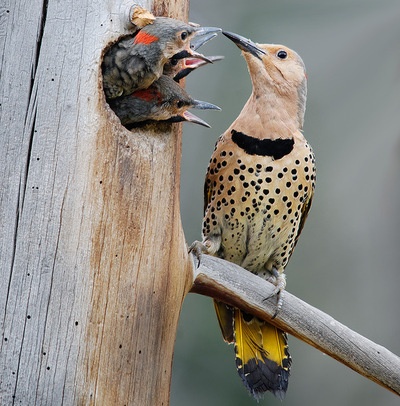
Offer the ideal habitat. Like all woodpeckers, northern flickers nest in cavities created in dead tree trunks or large branches. Unlike most other woodpeckers, they will use cavities created by either themselves or other woodpeckers from previous years. They will also breed in a nest box that you can provide for them.
The nest site is chosen by either the male or female, but the cavity is excavated primarily by the male, who uses strong thrusts of his bill to chisel away large chunks of wood from the trunk. It is common to find nests in trees like quaking aspen (Populus tremuloides) and others that are subject to heart rot and easier to excavate.
Nests are deep burrows containing only a few wood chips on the bottom to support the five to eight eggs usually laid in mid-May. Two weeks later the clamor of hungry chicks can be heard, and about a month after that, the young will fledge.
The Cornell Lab of Ornithology offers blueprints so you can easily build and install a nest box on your property. With the right habitat of native plants and open spaces, you may invite a northern flicker family to your yard.
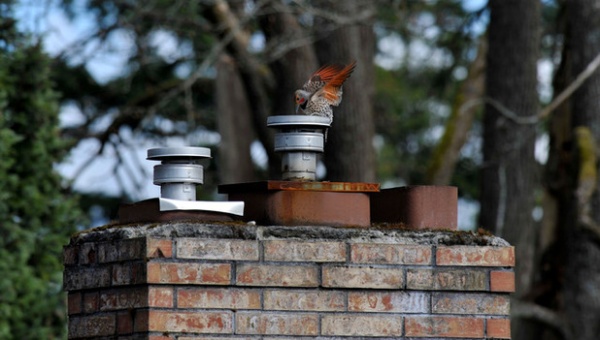
Northern Flicker Activities
When northern flickers are not excavating nest cavities or raising young, they can often be found engaging in some other interesting activities. Like all woodpeckers, they are known for the loud drumming performed on anything that makes the most noise. Drumming is initiated by striking the resonating object with the bill 25 times per second. Usually they drum a hollow tree or downed wood, but once in a while they may find something much more exciting, like a steel sign or a tin roof, that can be heard quite far away. Drumming is territorial and also used to attract a mate and communicate about nest site selection.
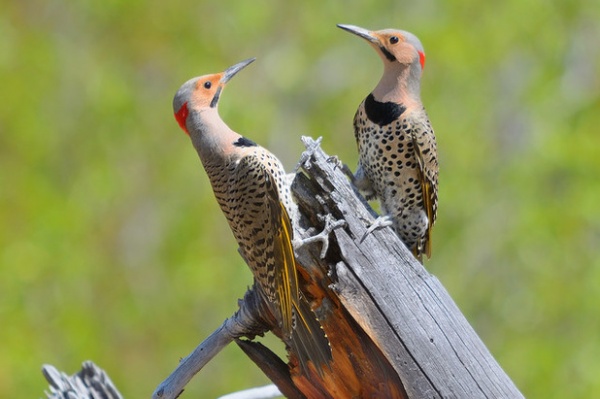
Another territorial activity that may be involved with attracting a mate is the “wicka dance.” In this unique display, two northern flickers of the same sex will face off on a branch or tree stump. They will begin by bobbing their head rhythmically and drawing a figure eight in the air with the tip of their bills. It is more aggressive if there is a member of the opposite sex watching from nearby. The fencing-like duel is accompanied by a distinctive “wicka” call, a soft, rhythmic two-part repeating vocalization. There may be three or four northern flickers at a time engaged in this unique courtship and territorial ritual.
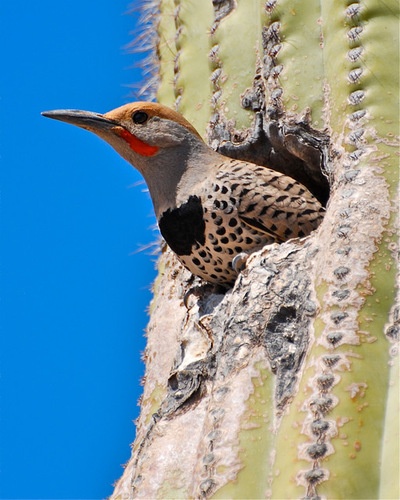
Other Flicker Species
Deep in the Southwest, in the Sonoran Desert forests of the giant saguaro cactus, is a very close cousin of the northern flicker — the gilded flicker (C. chrysoides). With the gray face and red malar stripe of the red-shafted form and the yellow underlining in the wings and tail of the yellow-shafted form, this flicker was at first assumed to be another intergrade. Until 1995 the gilded flicker was taxonomically grouped as a northern flicker. Although similar, this species has a larger black bib, smaller barring on its back and a more cinnamon-colored crown.
The gilded flicker nests in unlined cavities inside the saguaro cactus, has a diet of mostly ants and beetles, and forages on the ground just like the northern flicker. If you live near their area, see if you can spot one and tell them apart.
Photo by wplynn
More: Discover more ways to attract birds to your yard
Related Articles Recommended












